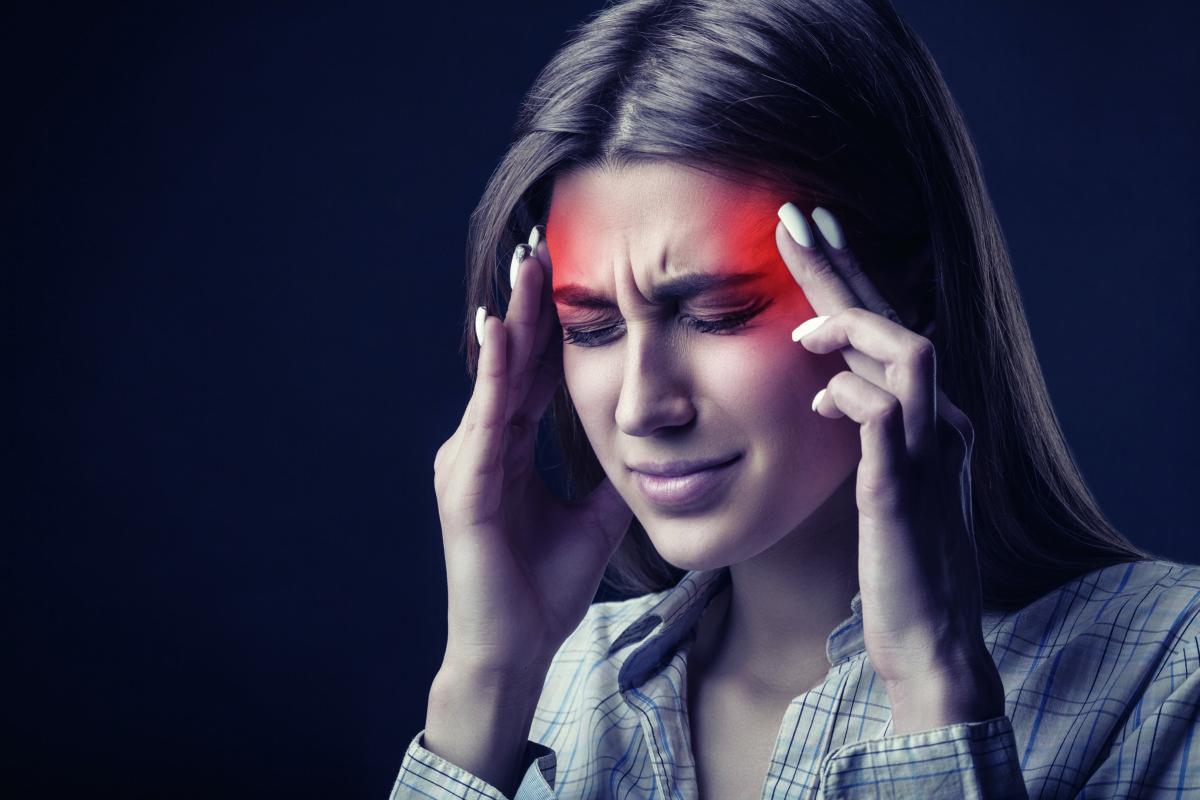Frequently misconstrued by society – and reduced to ‘just a headache’ – patients wrangling with the pain of a migraine may not be sufficiently informed about how they should react when faced with its severity. Ria Bhola, Migraine Nurse at The Migraine Trust, delves into the complexity of the condition – from the signposts and escalation, to why we should have an optimistic outlook for future migraine management.
Migraine is a common neurological disorder that is extremely disabling and often misunderstood. It is a primary headache disorder, meaning that its cause is not due to an underlying illness, trauma, or disease; migraine is therefore the disorder itself. A further classification is made based on frequency, where sufferers experiencing migraines for 15 days or more per month are categorised as ‘chronic’, and for less than 15 days as ‘episodic’.
For many people, the main feature is a painful headache that will typically be accompanied by other symptoms.
Migraine symptoms may vary between sufferers and different attacks in the same individual. According to the International Classification of Headache Disorders, the most common types of migraine fall broadly into two categories: migraine without aura, and migraine with aura.
Migraine without aura will usually occur with pain on one side of the head, commonly throbbing in nature, which restricts normal activity and is associated with increased sensitivity to light, sound, and smells, and also nausea and / or vomiting.
Migraine attacks will last between four-and-72 hours untreated or inadequately treated, and sufferers would usually prefer to be still and undisturbed during the attack.
People who have migraine with aura will have these typical migraine features plus some reversible neurological symptoms, occurring before or during the attack, which may be: visual (e.g. zig-zag lines, flashing lights, loss of vision); sensory (e.g. numbness, tingling); or motor (e.g. weakness down one side of the body). These neurological symptoms will commonly fade within an hour with no lasting effect. Figure 1 shows the typical phases of a migraine attack.
Migraine Prevalence and Impact In the latest Global Burden on Disease (2017) study, migraine was shown to be the third most common disease in the world, with an estimated global prevalence affecting around 15 per cent of the population: around one-in-seven people. In the UK population, this equates to over six million people – making migraine more prevalent than diabetes, epilepsy, and asthma combined.
It is up to three-times more common in women than men. This difference is believed to be hormonally driven. Often starting at puberty, migraine attacks can impose substantial personal suffering, impaired quality of life, and high financial cost.
Its impact on society includes its effects on individuals, the direct costs of medical treatment, and the indirect costs of lost productivity at work and in family life.
Repeated headache attacks – and often the constant fear of the next one – can affect daily activities and impact family life, social life, education, and employment.
Migraine Triggers and Lifestyle FactorsA number of factors may trigger migraines, but not all can be avoided, and these may not always be consistent.
Sometimes it may be a combination of triggers occurring together that will precipitate an attack. However, where possible, sufferers are advised to minimise triggers.
Some common triggers are alcohol, stress, changes in sleep pattern, skipping meals, dehydration, food additives (e.g. monosodium glutamate), weather change, and hormonal fluctuations in women.
Sometimes triggers can be wrongly identified. For example, at the beginning of an attack, one may experience a craving for sweet things. If a sweet or chocolate is then eaten to satisfy this craving and a migraine later occurs, chocolate may be incorrectly identified as a trigger. However, the migraine attack had started before the chocolate was eaten.
Acute VS Preventive Treatment
Migraine treatment strategy depends on the frequency and severity of the headaches, the degree of disability they cause, and consideration of other comorbid medical conditions.
Acute or abortive treatments are pain-relieving medications. They will usually include simple analgesics (e.g. ibuprofen), migraine specific Triptans (e.g. sumatriptan), and opioids (best avoided e.g. co-codamol).
However, frequent attacks often lead to the excessive use of painkillers. Excessive use of acute medications, for three months or more, can become problematic for migraineurs, leading to medication overuse headache (MOH), and further disability. (National Institute for Health and Care Excellence (NICE), 2012) MOH also results in a reduction in response to preventive migraine treatments, making the headaches more disabling and difficult to treat. NICE (2012) advises GPs and other healthcare professionals to consider MOH as a possible cause for worsening symptoms among patients who have been taking such drugs for three months or more.
Preventive medications, on the other hand, are types of treatments taken regularly, often on a daily basis, to reduce the overall severity or frequency of migraines.
Preventives are typically built up gradually to optimal dosing, over weeks to months, to improve tolerability and minimise side-effects.
Neuromodulation
Non-invasive single pulse transcranial magnetic stimulation (sTMS) has acute and preventive treatment application for migraine. (NICE, 2014) This device uses technology that delivers magnetic pulses to the back of the head to reduce migraine symptoms.
The Anti-CGRP Treatments
To date, four monoclonal antibody compounds have been developed that either inactivate the CGRP molecule by binding to it, or block its receptor, to prevent migraine.
These compounds have completed or are completing Phase 3 clinical studies. They aim to clearly assess how effective the drug is, and can be compared with placebo (in the CGRP studies) or current best available or established treatments. Adverse event rates in these studies were similar to placebo and commonly occurred at injection sites.
Optimistic Outlook
Despite this burden of illness, migraine is often not diagnosed or treated effectively. This highlights the inadequate levels of treatments and access to treatments, leading to inadequate service provision to effectively manage the condition. The debilitating nature of migraine is often misjudged and underestimated.
The new CGRP treatment advance represents a positive translation of the biological understanding of the disorder back to the bedside. It is bringing hope and an optimistic outlook to the management of a highly disabling disorder. While CGRP-targeting antibodies have numerous advantages over currently available treatments, post-marketing surveillance will be essential to monitor any side-effects and determine safety in both long-term use and special populations.
For more information on all things migraine-related, you can sign up to The Migraine Trust e-bulletin at www.migrainetrust.org, or follow them on Twitter – @MigraineTrust – and Facebook – themigrainetrust.
References
• National Institute for Health and Care Excellence. Headaches in over 12s: diagnosis and management. Clinical guideline [CG150]. 2012 (updated 2015)
• National Institute for Health and Care Excellence. Transcranial magnetic stimulation for treating and preventing migraine. Interventional procedures guidance [IPG477]. 2014







